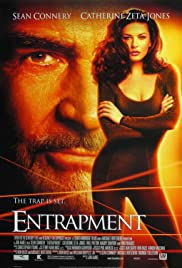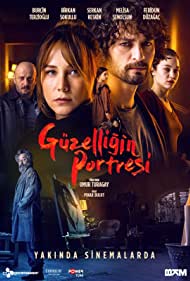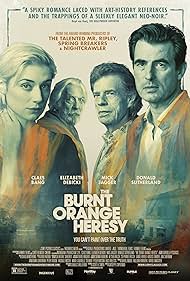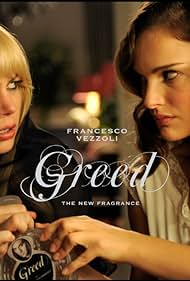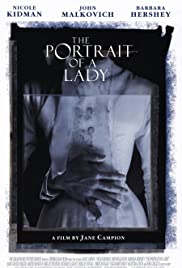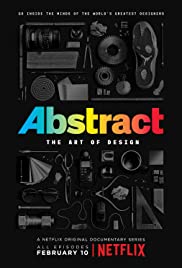The Marvels of Clarence Bicknell Soundtrack (2016)
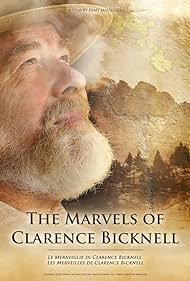
Buy on Amazon Play and download Soundtracks
The Marvels of Clarence Bicknell
The Marvels of Clarence Bicknell
The Marvels of Clarence Bicknell
Synopsis
Clarence Bicknell started his adult life in the Anglican church in London, then in a sect in rural England called the Brotherhood of the Holy Spirit, and briefly as chaplain of the Anglican Church of Bordighera, in the sun and exoticism of the Mediterranean coast. But his doubts about his religious beliefs had already set in. Entranced by the sun, the flowers, the colours of Bordighera, and disappointed by the divisive views of the Anglican congregation, CB threw off his dog-collar and launched himself into the study of botany, soon becoming an authority on the wild flowers of Liguria and a prolific botanical artist. Bicknell had heard about prehistoric rock engravings on the smooth rock surfaces, exposed to the heavens and to the afternoon thunder storms, in the Vallée des Merveilles and the Val Fontanalba.The recording of these images became from 1897 as much an obsession as the botany. He found about 11,000 images, mostly of horned figures, ox-drawn ploughs, farm enclosures, weapons, tools and gods. He wrote and illustrated "A Guide to the Prehistoric Rock Engravings in the Italian Maritime Alps". He built The Museo Bicknell in Bordighera where he stored his pressed flower samples, botanical water-colours, rubbings of engravings, butterfly collection and books. Bicknell worked throughout his life for the underprivileged of society and built a home for the poor in Bordighera. Here he could also expound his great interest in the universal language Esperanto and base his vast correspondence with renowned archaeologists and botanists all over the world .


